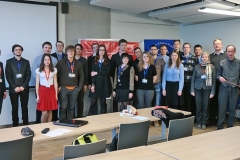 A little earlier than usual – just before Easter -, from the 21st to 23rd of March, the 12th International student and young scientist conference “Developments in Optics and Communications 2016” (DOC 2016) was held in Riga. It gathered many brilliant young scientists from different countries to share their scientific work, insights and experiences in various fields related to optics: vision science, optical materials, biophotonics, laser physics and spectroscopy.
A little earlier than usual – just before Easter -, from the 21st to 23rd of March, the 12th International student and young scientist conference “Developments in Optics and Communications 2016” (DOC 2016) was held in Riga. It gathered many brilliant young scientists from different countries to share their scientific work, insights and experiences in various fields related to optics: vision science, optical materials, biophotonics, laser physics and spectroscopy.
Each topic also featured an invited speaker that shared their experience with the young scientists. This year from Latvia – Dr. Mara Reinfelde talked about “Practical application of holography” for the Laser Physics and Spectroscopy section, University of Latvia OSA student chapter advisor Dr. Florian Gahbauer gave an amazing speech on the topic of “Magnetic sensing with nitrogen-vacancy (NV) centres in synthetic diamond”. The conference organizers had also invited speakers from Israel and Finland to talk about their research.
Dr. Igor Meglinski was invited to tell students about “Cloud Monte Carlo for the needs of biomedical optics” for the biophotonics section and Prof. Zeev Zalevsky from Israel gave a speech about “Super resolved and extended depth of focus concepts for remote and ophthalmic imaging systems” for vision science students. Students were so engaged in Prof. Zalevskys speech that it took almost an extra 20 minutes just to answer all the questions and give in-depth explanations of his work.
Traditionally the best poster and the best oral presentation are given an award for their work funded by University of Latvia OSA student chapter, and this year was no exception. The best speech award was given to Janis Smits for his talk “Deconvolution – a tool for enhanced resolution magnetic images” and the best poster was presented by Andris Antuzevics (“Structure of Gd3+ ions in oxyfluoride glass ceramics containing fluorite crystallites”).
This year was special also because of the conference venue. The conference was held in the newly built Academic Center for Natural Sciences of the University of Latvia (ULACNS) in Tornakalns. ULACNS opened its doors on September 7th, 2015. It was hoped that relocating to the new UL ACNS would create unprecedented opportunities for cooperation between scientific fields and study programs. And indeed it was an amazing experience to listen to talks and admire posters in the new building. The premises on the 7th floor provided an amazing view over Riga for every attendee to enjoy. The staff were also kind enough to allow conference guests to enjoy the view from the rooftop.
The conference was not only an event to present ones work and listen to others, but also a way to meet fellow physicists in an informal environment. Since the best collaboration ideas are usually born while discussing various topics outside the conference rooms, this year a friendly paint-ball tournament for the conference participants was held.
The conference was organised alongside University of Latvia SPIE and OSA chapters.
[nggallery id=81]

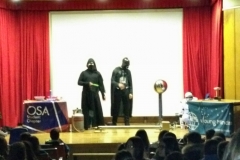
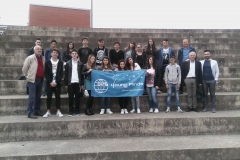
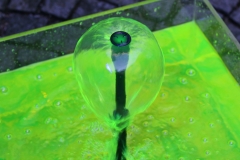
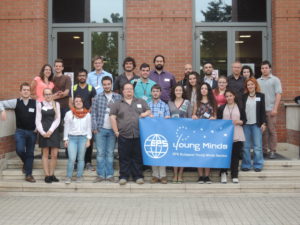
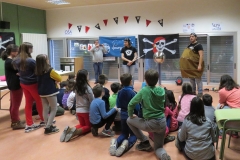
 Check this video activity on Youtube!
Check this video activity on Youtube! More photos on our Facebook album!
More photos on our Facebook album!